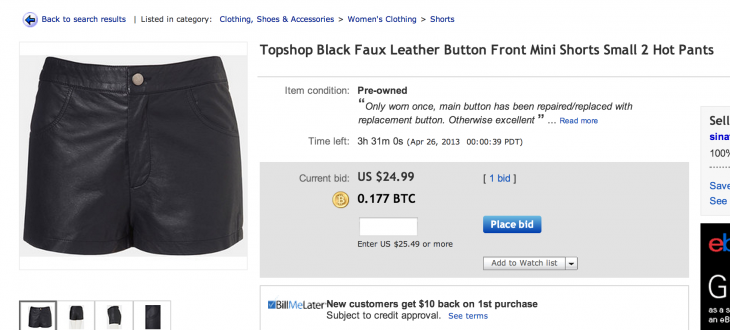There seems to be a huge amount of evidence that points to the fact the Samsung Galaxy S4 is going to be a superb handset. It might not have a new form-factor, but the hardware more than makes up for this oversight. From the limited number of Galaxy S4 reviews, this is a more than capable phone, and even though I’m an iPhone 5 owner, I know when Apple’s latest handset has been beat.
One subject that always comes up with a handset made from polycarbonate is its strength, but more so how will its screen hold up in everyday life, and if it was accidentally dropped. Above you will see a Samsung Galaxy S4 corning GG3 test, which is a drop test compared to the S4, S3 and the iPhone 5.
We’ve seen so many of these tests over the years, but it’s great to see a Samsung Galaxy S4 vs. iPhone 5 toughness test to see which of the two comes out on top.
There are several tests before we get to see how the Gorilla Glass 3 screen of the S4 compared against the iPhone 5. The overall result is that the GG3 did not help protect the S4 as we would have hoped, but it did do better than the S3, which is an improvement. What is remarkable is how the iPhone 5 managed to tie with Samsung’s latest flagship handset. If you are displeased with the result, then maybe you should hold off and go for the rugged Galaxy S4 instead?
If you do have a broken screen and you are unable to get your handset replaced, then you’ll be glad of the fact that the Galaxy S4 is very easy to fix. You have to wonder what would have happened in this text if the S4 was bigger, maybe the size of the Note 2? Speaking of size, we recently discussed what you believe would have been the perfect screen size for the S4?
Source: product-reviews.net
 11:45:00 AM
11:45:00 AM
 Unknown
Unknown































